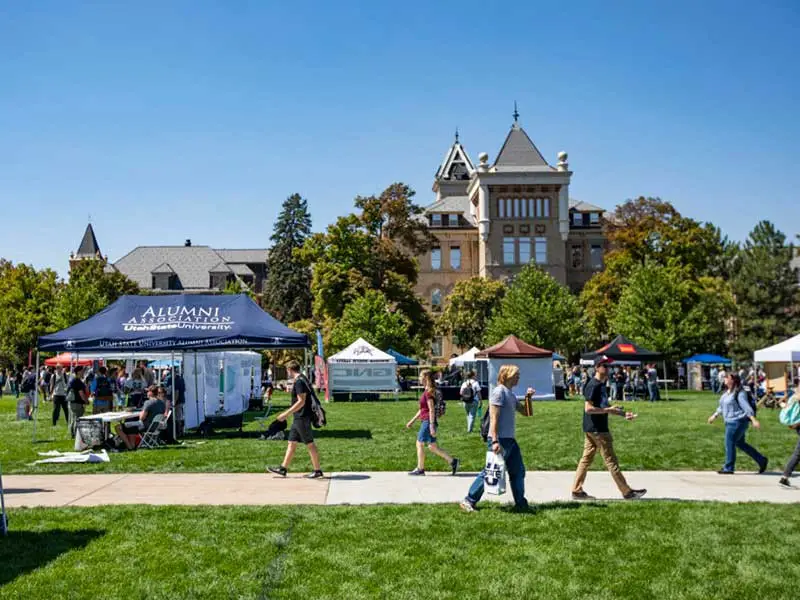A new National Association of State Student Grant and Aid Programs survey found many states doling out more funds toward student financial aid to make post-secondary education affordable.
The academic year 2017-18 saw states awarding about $13.6 billion toward student financial aid, which is a 6.6 percent increase in nominal terms from the previous year.
During the preceding academic year, states spent $12.8 billion in aid.
Funding for undergraduate need-based grant aid increased by 7 percent in nominal terms from $8.4 billion in 2016-17 to about $8.9 billion in 2017-18.
Most of the aid given by states was in the form of grants. Around 75 percent of the grant money was need-based and 25 percent was non-need-based.
Nearly half of the funds awarded by states for undergraduate need-based grant aid came from California, New York, Texas, New Jersey, Pennsylvania, Illinois, Virginia, and Washington.
States spent about 1.7 billion in non-grant student aid, including loans, loan assumptions, conditional grants, work-study, and tuition waivers.
Over the last decade, higher education institutions have seen a decline in funding from the states, which started after the Great Recession of 2008. As compared to state funding before the recession, 41 states spent $1,220, or 13 percent, less per student between 2008 to 2018.
There has been a rising pressure on the states to increase funding for public two- and four-year colleges and develop craft funding formulas that focus additional state funds on building the capacity of colleges with the fewest resources.



